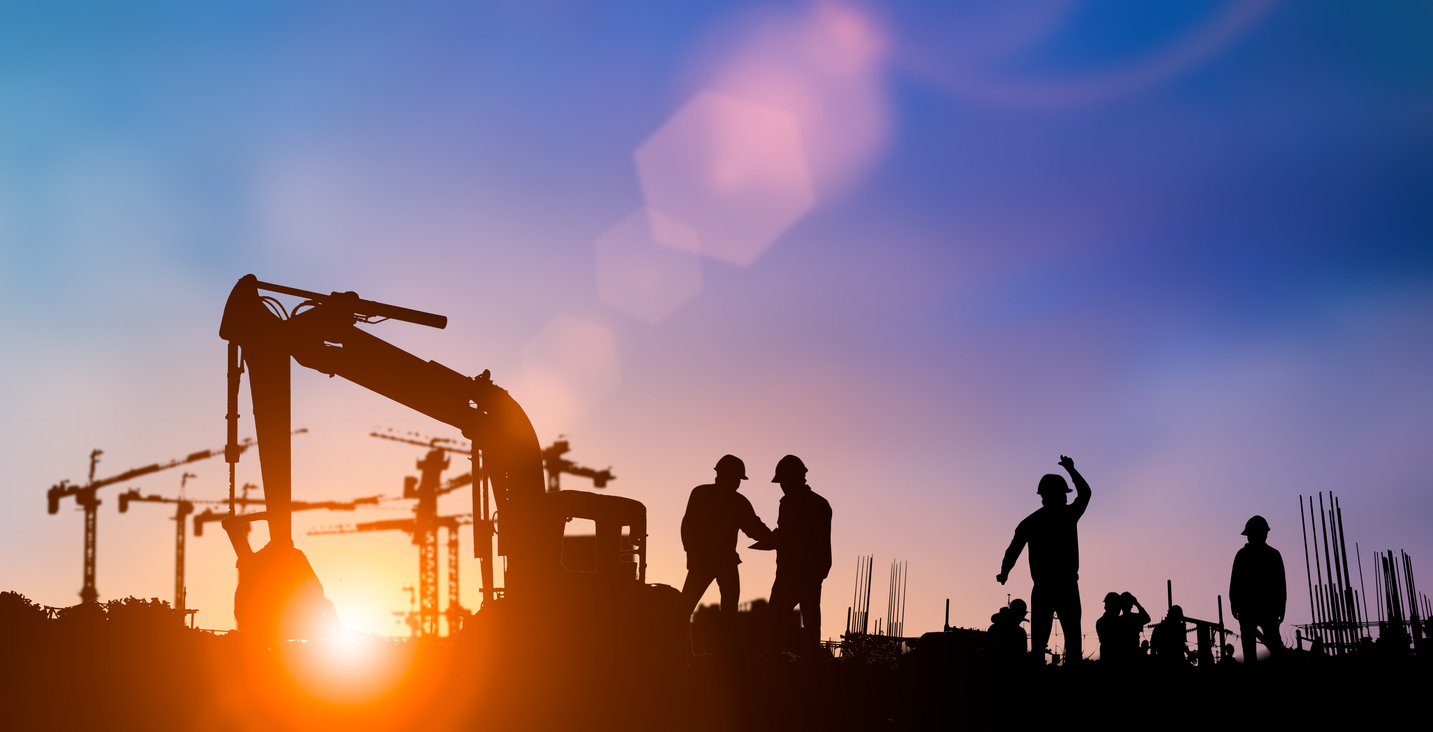
Today’s advanced technologies allow many job site workers to easily report hazards or site safety conditions in the field, in real-time. A robust, cloud-based record of job site hazards and risk management practices is now at our fingertips.
However, the construction industry still primarily relies on some sort of manual processes to monitor site operations and safety, and track important project information. Oftentimes, an injured individual will even rely on another worker to leave their work space to get help, or for supervisors to manually gather incident details and paper witness statements. These manual tasks delay incident reporting and response (potentially increasing injury severity), and trap important information at the job site. This makes it much more difficult for risk managers who are responsible for corporate risk structure and strategy across all active projects.
Luckily, new technologies are replacing outdated methods and providing greater visibility to increase worker safety, improve reporting and reduce job site risk.
Continuous, Data-driven Safety Improvement
Most construction firms understand the importance of keeping injury prevention as a top priority and focus on improving industry practices to accomplish that. It is critical to keep safety and accident prevention at the forefront, beginning with thorough worker training, on-site medical support and a continued emphasis on each individual’s daily role in maintaining site safety. It is up to you to take advantage of new cutting-edge safety solutions available.
One way to improve safety is by implementing wearable technology, which allows for visibility enchantment to collect information from workers on site.
These Internet of Things (IoT) devices have been used to automatically detect falls, record safety data and streamline communication. These tools can also offer automatic, real-time text message notifications, notifying project leadership of the time and locations of incidents, which can deploy the appropriate response services quicker and more effectively.
This also allows for stronger investigative measures regarding the circumstances leading up to an incident in efforts to minimize future risk exposures.
Safety leaders can add in photos or notes such as the weather conditions on site for nearby workers to help recreate the environment leading up to a potential incident. Real-time worker locations also help provide a list of probable witnesses. Plus, the continuous insight makes it easier to determine whether or not, or how long, an individual may have worked leading up to or following a potential incident, helping to measure incident severity.
The Impact
With all of this information, project leaders and teams are able to better understand and improve worker behavior and site safety as procedures are managed onsite. Technology is playing a critical role in managing both the relationships and the costs that go into running a construction business. Technology, along with the critical visibility and data it provides, allows contractors to better identify, monitor and manage everyday exposure throughout all active projects. By working together to actively integrate technology and data in risk management policies, pricing, and practices, it’s possible to improve safety, mitigate losses and boost productivity, creating a win-win scenario for all.
About Sine Insurance
At Sine Insurance Group, we are dedicated to providing you with custom tailored insurance policies to protect your assets. Our comprehensive packages have been expertly crafted to serve St. Louis and the surrounding areas for the past 25 years. For more information about our products, contact us today at (855) 700-0889.

